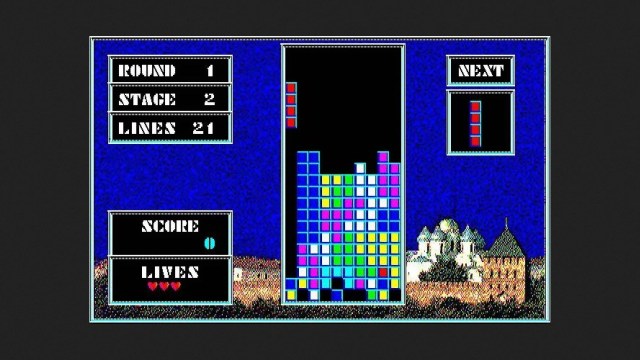

Give them a pair of D12 (twelve-sided dice) and ask them to multiply the numbers that are generated.įor more support use a times table grid to help children to find the answers to the multiplication questions. To play this game, split children into pairs. Use the language of tens and ones, and manipulatives such as Dienes, place value charts and place value counters to support less confident children.įor more support, children may find it easier to use a 100 square instead as it will make it easier to find numbers that fit a certain critera.

For a shape version, use questions such as:įor support, hand out a visual guide of properties of shapes to use as a reference. For example, is the number a:įor KS2, extend the game to include shapes. Place counters on numbers that have been disqualified.Ĭhallenge older children to ask questions using the vocabulary of multiples, factors, prime and composite numbers. Then their partner has to guess what’s on the card using only ‘yes’ or ‘no’ questions. Just like the original game, each child chooses a card (and keeps it hidden). Cut up a third identical sheet into a deck of cards. Give identical sheets to each pair of students – these are the game boards.
#Math is fun tetris download
To play this game, download and print out our Guess Who number sheets. You can adjust them to work for different age groups and to cover different mathematical objectives.įree maths games for the classroom Guess who? Many of the games and activities mentioned below are quite flexible. “Possibly the best reason for playing games in maths lessons is just that it’s fun!” Possibly the best reason for playing games in maths lessons is just that it’s fun! If we want children to enjoy maths lessons, mixing things up with practical activities and games can be just the thing. Playing maths games in KS2 encourages children to explore and to be creative with numbers.īy finding different solutions, making different combinations and experimenting with the placement of digits in a number, children gain a deeper understanding of the numbers that they are working with.Īnother benefit is that it gives an opportunity for children to practise mental calculations in different ways to encourage fluency with key facts like times tables.


 0 kommentar(er)
0 kommentar(er)
